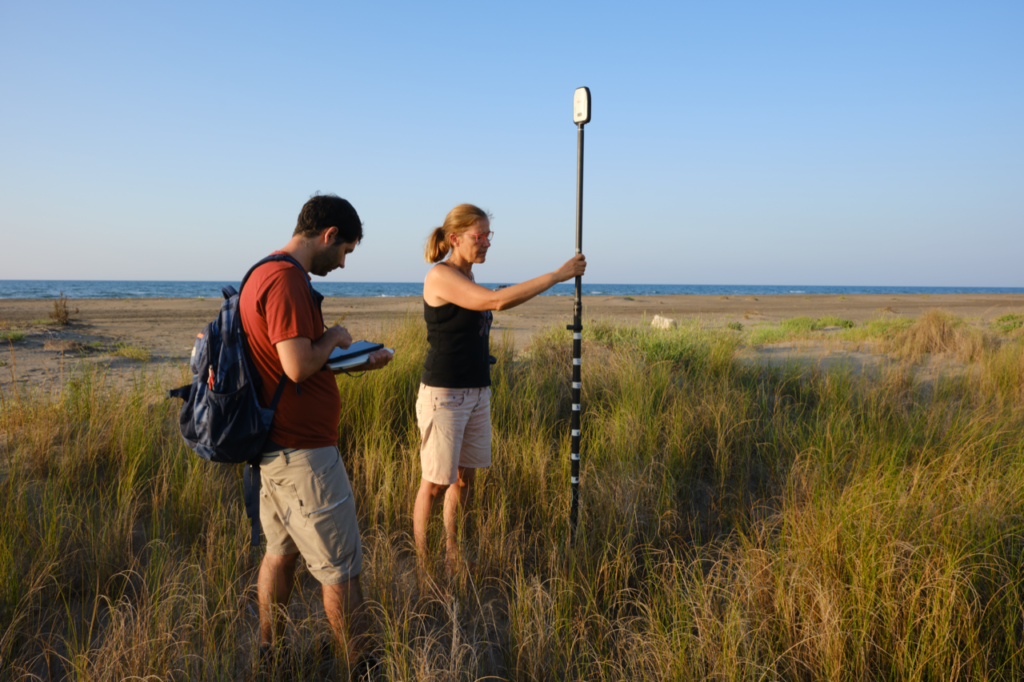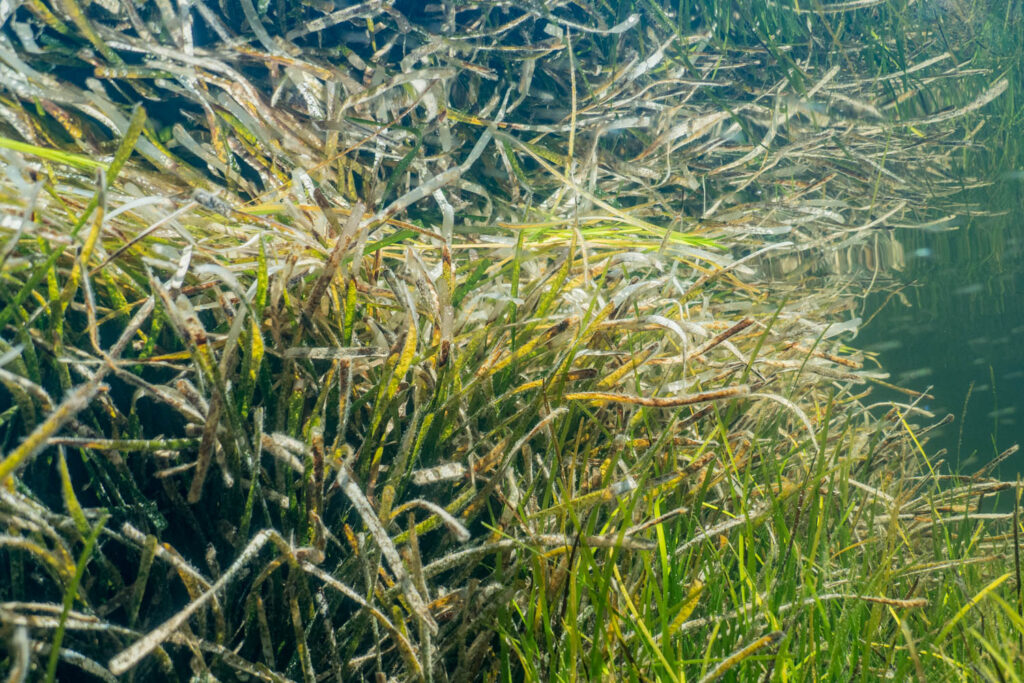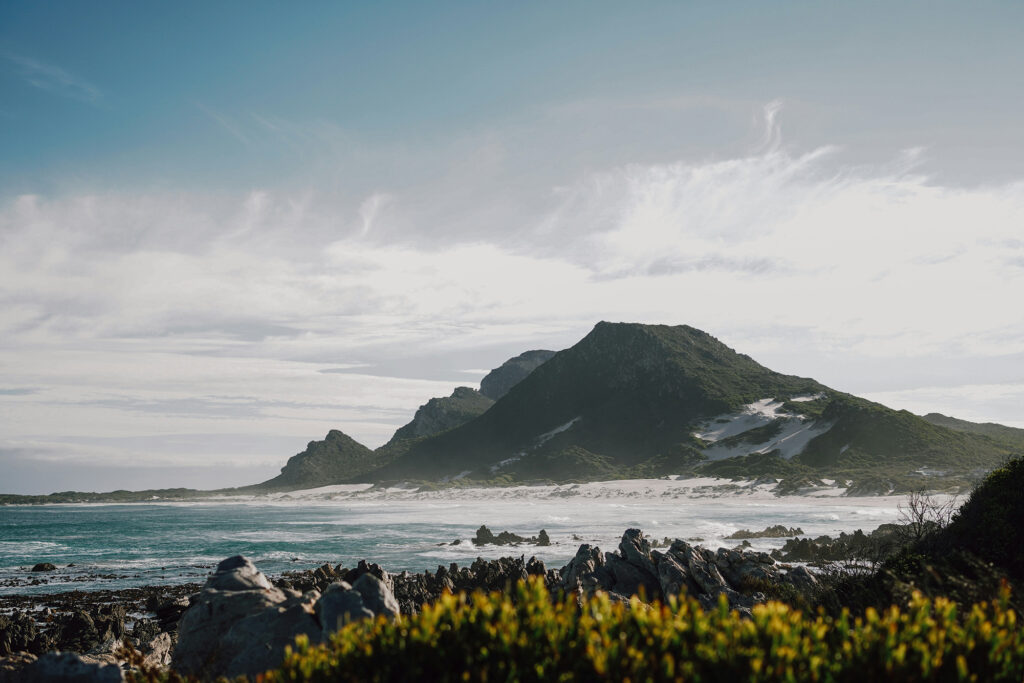The widespread deterioration of the ecosystems associated with coastal vegetation in the Mediterranean, together with the apparent indifference or, at least, inaction on the part of society regarding said deterioration, paints an unflattering future, not only for the ecosystems themselves. , but also for human communities whose well-being depends, directly or indirectly, on them. Extreme storms have an exceptional capacity for destruction, affecting goods and infrastructure, but also ecosystems and, consequently, compromising the goods and services derived from them. At the same time, they affect the cultural landscape, highlighting the force of environmental change and guiding the predicates on the relationships between humans and nature.
This project, with an explicitly interdisciplinary vocation, seeks, first of all, to document the role of storms as agents of change for Mediterranean coastal vegetation, both emerged and submerged (underwater meadows, marsh and dune vegetation). The impact of recent storms, both extreme (decadal or secular) and strong (annual) on these ecosystems, will be mapped, while the elements and mechanisms that determine their regression and resilience will be determined (Objective 1). To do this, existing data on two extreme storms will be exploited (that of Boxing Day in 2008 and the recent storm Gloria, January 2020), whose catastrophic effects have already been investigated in different projects, specific or opportunistic. This existing information will be complemented with field data obtained through methods for measuring sediment movements, which will be applied after storms that occur during the life of the project. Secondly, the impacts of storms on goods and services associated with these ecosystems will be evaluated, specifically carbon storage, coastal protection, maintenance of biodiversity and services in the form of contributions to cultural heritage (Objective 2). Likewise, it will be studied how storms influence (or have influenced) the social perception of the affected ecosystems and associated services (Objective 3), a study that will be approached from a truly interdisciplinary perspective, in close collaboration between ecologists and scientists. social. Finally, the media relevance of the storms and their consequences will be used to deepen and improve the social perception and attitude of the population regarding coastal vegetation (Objective 4).
To this end, action will be taken, on the one hand, through work with managers and those responsible for the Administration, in order to jointly explore the possibilities of increasing, or at least protecting, the resilience of ecosystems. On the other hand, a group of creative artists will be involved in the project, with the aim of constructing a kind of narrative of the storm through paintings, exhibitions, documentaries and other media, which affects the improvement of the collective story about the risks of change. global in general and in particular about these ecosystems that are little known to the general public.
Globally, our objective is to understand storms as a stressor of coastal vegetation, but at the same time as cultural agitators that stimulate society’s support for these preterminated ecosystems.









